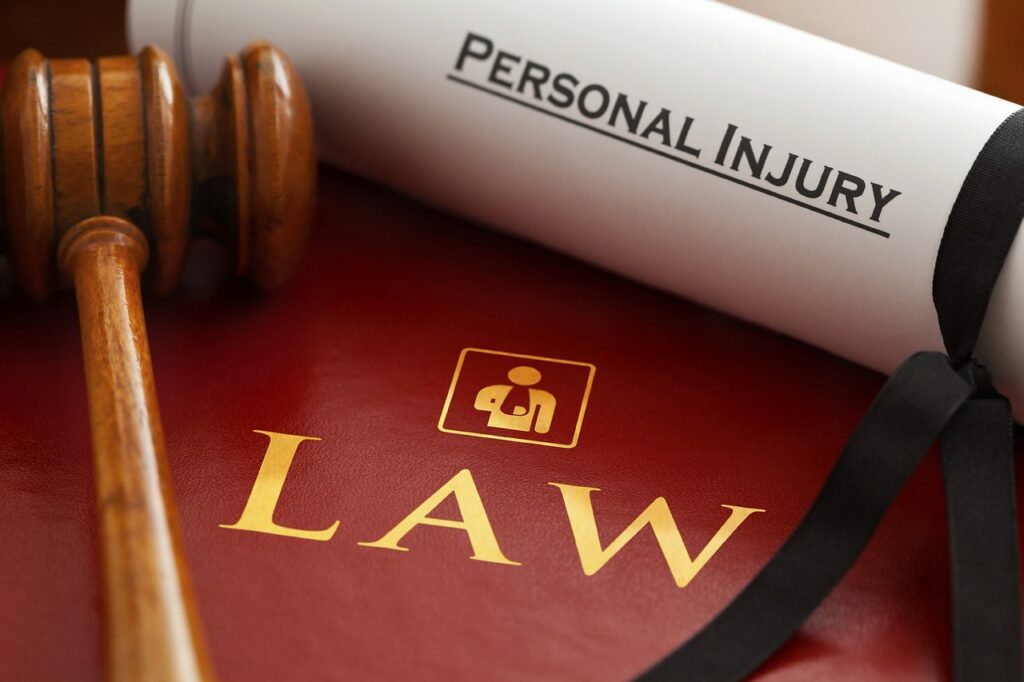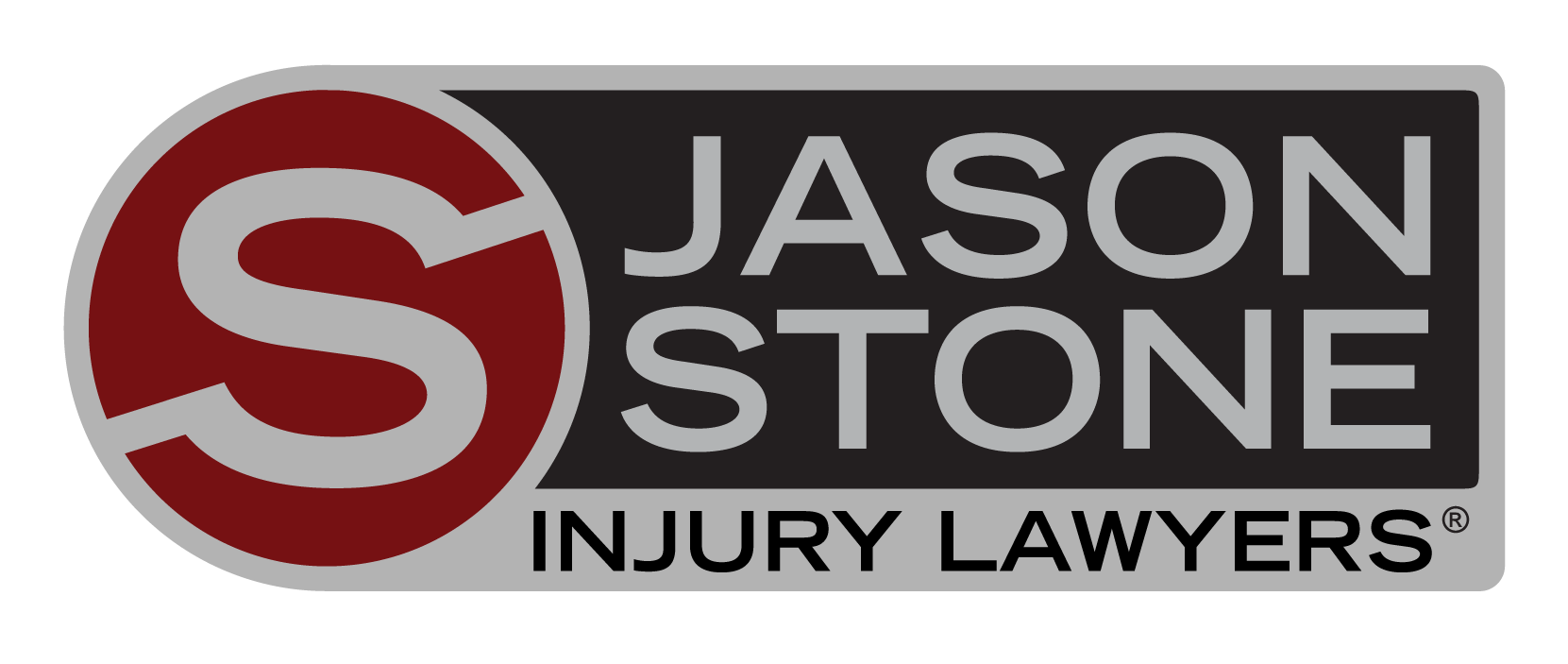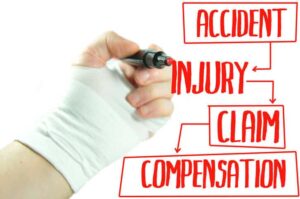
When a person’s or entity’s negligence harms another, the injured individual could have a personal injury case against the responsible party. Jason Stone Injury Lawyers wants to educate and empower clients, which means breaking down how personal injury law works. Here are the 10 most common examples of personal injuries that may entitle harmed parties to fair compensation.
Most personal injury cases in the United States stem from motor vehicle accidents. Irresponsible drivers may violate traffic laws or not pay close attention to the road, which could trigger an avoidable accident. Innocent motorists and passengers may suffer injuries and personal property damage, which the at-fault party could bear legal and financial responsibility for.
When a health care professional, such as a doctor or nurse, fails to treat patients according to the latest medical standard of care, patients could suffer injuries or not get the medical treatment they need. Examples of medical malpractice include surgical errors, misdiagnosis and childbirth injuries. Patients who receive the wrong prescription could also have a medical malpractice case against a physician or pharmacist.
Business owners and residential property owners have an obligation to take proper care of their premises, so guests do not harm themselves unnecessarily. If a permitted guest trips or slips on a hazard and sustains an injury, the fault could rest with the negligent property owner.
Not every injury that happens on another’s property becomes the owner’s responsibility, making it vital that harmed parties understand their rights and the elements of a slip-and-fall case. For instance, if a store customer does not watch where she or he steps and slips and falls, the store owner may not bear responsibility for the person’s injuries or lack of awareness.
4. Intentional Tort (Battery and Assault)
One major difference between intentional torts and other forms of personal injury is intentional torts do not involve neglect or disregard. Instead, intentional torts like battery and assault involve intentional harm. Another unique fact about deliberate tort is that injured plaintiffs could have a criminal case against the responsible party. That means that while building a personal injury case, someone harmed in an assault may also build a criminal case.
Product manufacturers have a responsibility to ensure their wares do not harm others. When consumers use faulty products as instructed and sustain injuries, the company that owns the hazardous product could face a personal injury lawsuit. Drug manufacturers also have a responsibility to release safe medications that heal rather than harm. When pharmaceutical companies do not follow the latest safety standards, they could face class-action lawsuits from hundreds or thousands of harmed individuals.
6. Dog Bites
Usually, a dog’s owner must pay for bites and other injuries her or his pet inflicts on innocent parties. Dog bite laws vary from state to state. For instance, in some cities, even if a dog does not have a history of aggression and bites someone for the first time, strict liability regulations could make the owner responsible. In states that follow the “one bite” rule, the dog’s owner only faces liability if she or he had reason to believe the dog would harm someone, such as if the dog bit someone before.
Sometimes, wrongful actions surpass physical harm and end in an avoidable loss of life. For instance, a medical professional’s, truck driver’s or motorist’s neglect could kill a person. If so, the decedent’s surviving family could pursue a wrongful death claim.
Employers owe employees a duty of care to keep them safe, making sure they have the right equipment, working conditions and training to perform their work duties. Workplace accidents may cross the line from a workers’ compensation case to a personal injury case if a harmed employee feels the employer bears fault for the harm suffered. If the employee’s negligence caused her or his harm instead of the employer, she or he may still qualify for workers’ comp.
9. Defamation (Slander and Libel)
Libel and slander are forms of defamation that hurt an individual’s or entity’s reputation. The proof a defamation victim needs to win a case and collect damages depends on the plaintiff and the medium used to make libelous or slanderous statements. Usually, plaintiffs need only show how the harmful, untrue statement caused them monetary harm. Public figures and celebrities must go a step further and show “actual malice.” That means proving the defendant made the harmful statement intentionally or without regard to the truth.
Despite following all traffic laws, driving safely and wearing protective gear, motorcyclists may still suffer harm from absent-minded motorists. Because motorcycles do not have the same protective measures as standard automobiles, bikers may suffer severe injuries in minor collisions. Examples of common motorcycle accident injuries plaintiffs seek damages for include broken bones, traumatic brain injuries and road rash.
How Negligence Works in Personal Injury Cases
No matter the personal injury a person suffers, plaintiffs must establish negligence on the other party’s part to win a case and collect damages. The first step in establishing negligence is to prove the defendant owed the plaintiff a duty of care. Then, the plaintiff and her or his legal team must show how the at-fault party failed to honor that obligation. The ultimate step in establishing negligence is to prove how the plaintiff endured harm because of the breach of duty.
Duty of Care
Duty of care works differently in various personal injury cases. For instance, motorists and truck drivers owe others on the road a duty of care to follow traffic regulations and keep their focus on the road.
Breach of Duty
After showing the defendant owed the harmed party a duty of care, the plaintiff must show how the at-fault individual or entity breached that responsibility. In a car accident, a person may use evidence such as images of the accident scene, witness statements and a police report to prove a breach of duty.
Sometimes, defendants counter personal injury claims by showing how the plaintiff caused her or his own injuries, which is contributory negligence and comparative fault. For example, in a motor vehicle accident, the defendant or the defendant’s insurance provider may claim the plaintiff drove distracted or ran a stop sign, which contributed to the harm suffered. While the at-fault party may not deny wrongdoing, she or he may use comparative fault or contributory negligence laws to reduce how much she or he pays in damages. For instance, a judge or jury may feel the plaintiff bears 20% of the blame while the defendant bears 80%. If so, the harmed party may only receive $8,000 in damages in a personal injury case worth $10,000.
How Damages & Compensation Work in Personal Injury Cases
Personal injury defendants must make harmed parties “whole,” which means restoring victims to their “pre-personal injury” financial status. Plaintiffs work with personal injury law firms, professional witnesses and medical professionals to inventory all harm endured at another’s hands. Common examples of personal injury damages range from pain and suffering and medical bills to lost wages and loss of earning capacity.
Phone Stone Today
If any of the above examples of personal injury apply to your case, you deserve to speak with a knowledgeable, reputable law firm like Jason Stone Injury Lawyers. To explore your case and learn more about our Stone Cold Guarantee, call 800-577-5188.
Not Trusting What You’re Being Told?
Better Phone Stone
800-577-5188
 START MY NO OBLIGATION CONSULTATION
START MY NO OBLIGATION CONSULTATION











